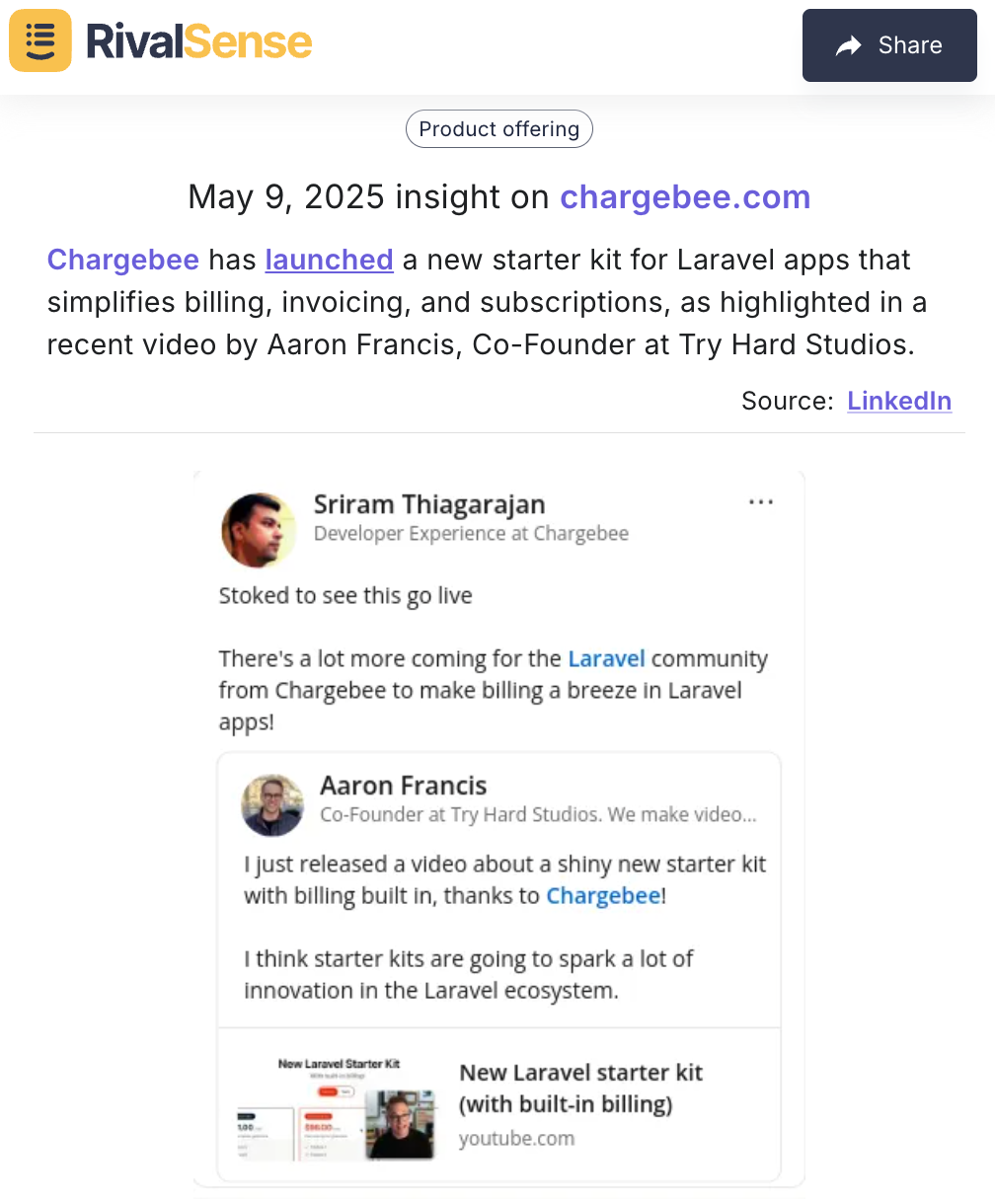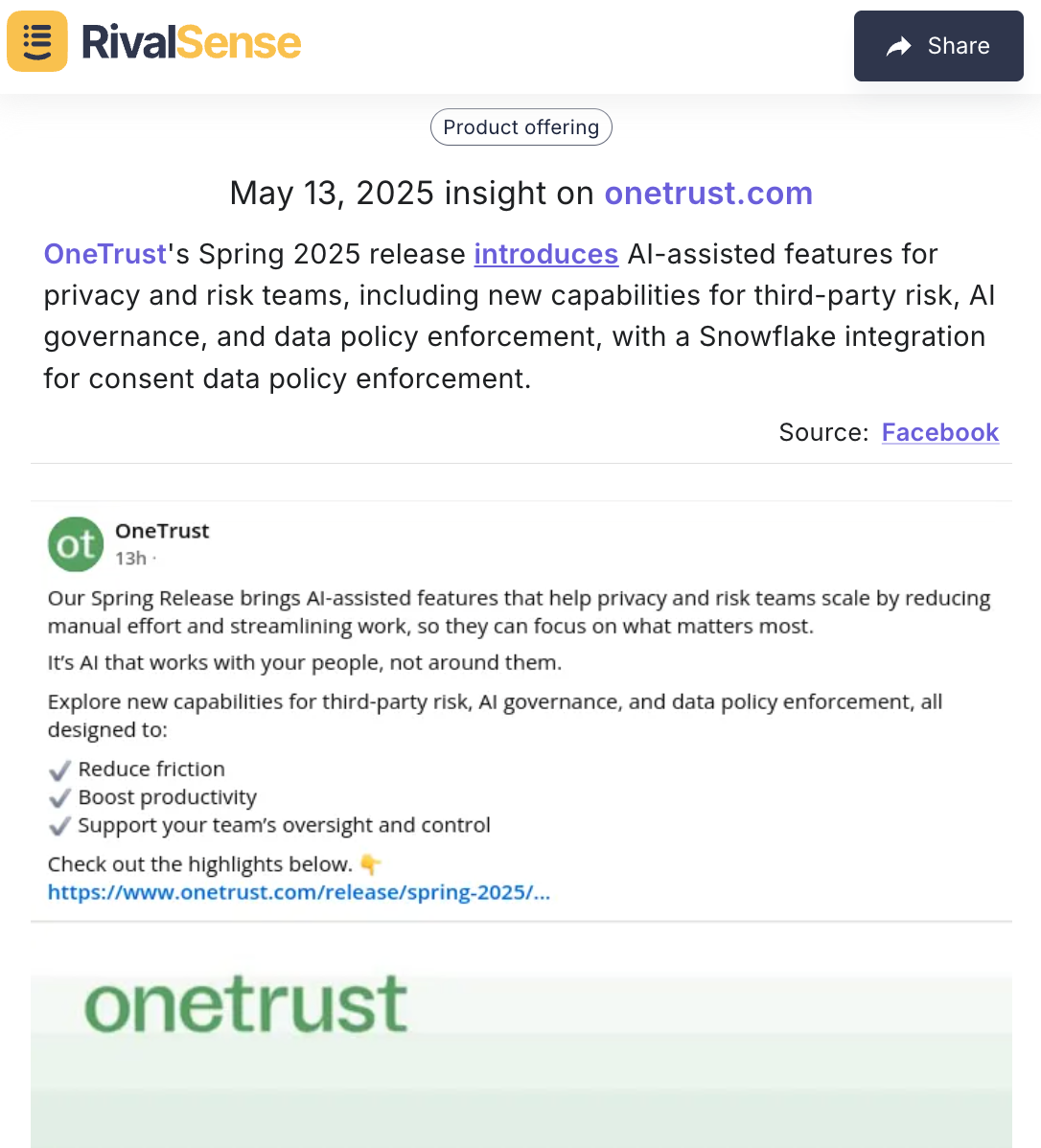How Business Founders Think About Launching New Product Features: 5 Steps
For business founders, launching new product features isn’t just about adding bells and whistles. It’s about solving real problems, moving fast with purpose, and staying relevant in a constantly evolving market. Great feature launches don’t start with code—they start with thinking. Here’s how founders typically approach the process in five focused steps.
1. Identify a Real Customer Problem
Before building anything, founders start by identifying real pain points their customers face. This often means going beyond surface-level feedback. They engage directly with users through interviews, dig into support tickets, and sift through feature requests to uncover recurring problems.
The key is to look for patterns. Are multiple users complaining about the same workflow issue? Is there friction that’s affecting product adoption? Once a theme emerges, quick validation comes next—simple surveys, polls, or even short user interviews can help confirm whether it’s a widespread issue or an isolated case.
At this stage, founders are essentially performing competitor intelligence gathering of a different kind—turning the lens inward to understand how their own product could better serve its existing user base.
2. Prioritize by Impact and Effort
After surfacing potential opportunities, the next step is prioritization. Founders often use structured frameworks like RICE (Reach, Impact, Confidence, Effort) or ICE (Impact, Confidence, Ease) to objectively evaluate each idea.
The goal? Identify those "high-impact, low-effort" features that can deliver value quickly. These quick wins help generate user excitement and internal momentum, while also showing stakeholders a return on investment.
But smart founders don’t stop there—they also assess long-term alignment. A feature might have short-term impact, but does it fit the broader product vision or company goals? Balancing tactical wins with strategic direction is essential.
3. Analyze Competitor Movements and Market Gaps
Founders constantly watch competitors—not to copy them, but to understand the gaps. Through ongoing competitor intelligence gathering, they monitor what rivals are building, how users respond, and more importantly, what’s missing.

Take ChargeBee, for example. They recently launched a starter kit tailored for Laravel apps, aimed at making billing, invoicing, and subscription management easier for developers. Aaron Francis, Co-Founder at Try Hard Studios, praised this move in a recent video. It’s a great case of solving a specific pain point for a niche audience with an out-of-the-box solution.

Compare that with OneTrust’s Spring 2025 release, which rolled out AI-assisted privacy tools and a Snowflake integration for consent data governance. This shows how bundling modern trends like AI with compliance needs can strengthen product relevance in enterprise environments.
Through competitor tracking software, founders can benchmark these moves, identify feature gaps, and find underserved customer segments. The importance of competitive intelligence lies in uncovering not just what’s being built—but what isn’t.
4. Test with a Lightweight MVP or Feature Flag
Instead of building full-fledged features out of the gate, founders often test with lightweight MVPs or gated releases. This might mean rolling out a minimal version to internal teams or launching to a small beta group using feature flags.
This approach allows for rapid iteration and reduces risk. Key metrics—adoption rate, engagement level, and user sentiment—can be tracked early. If the response is lukewarm, it’s easier (and cheaper) to pivot. If it’s positive, the team has validation to go all-in.
This agile process not only accelerates time-to-value but also encourages innovation without fear of failure.
5. Launch and Learn: Iterate Based on Feedback
Finally, founders ship. Not when it’s perfect—but when it’s usable. The idea is to launch a strong V1 and then quickly collect feedback to iterate.
They use post-launch surveys, analyze usage patterns, and reach out directly to early adopters. The goal is to learn fast and improve faster. What worked? What didn’t? What unexpected behaviors emerged?
Founders document these learnings to inform future cycles, turning product development into a repeatable and data-driven process.
In a competitive landscape, successful feature launches depend on more than just technical execution. They require deep user understanding, strategic prioritization, and sharp awareness of the market landscape. Founders who consistently apply these five steps—while leveraging competitor tracking software and maintaining a disciplined approach to watch competitors—are the ones who turn good ideas into great product experiences.
